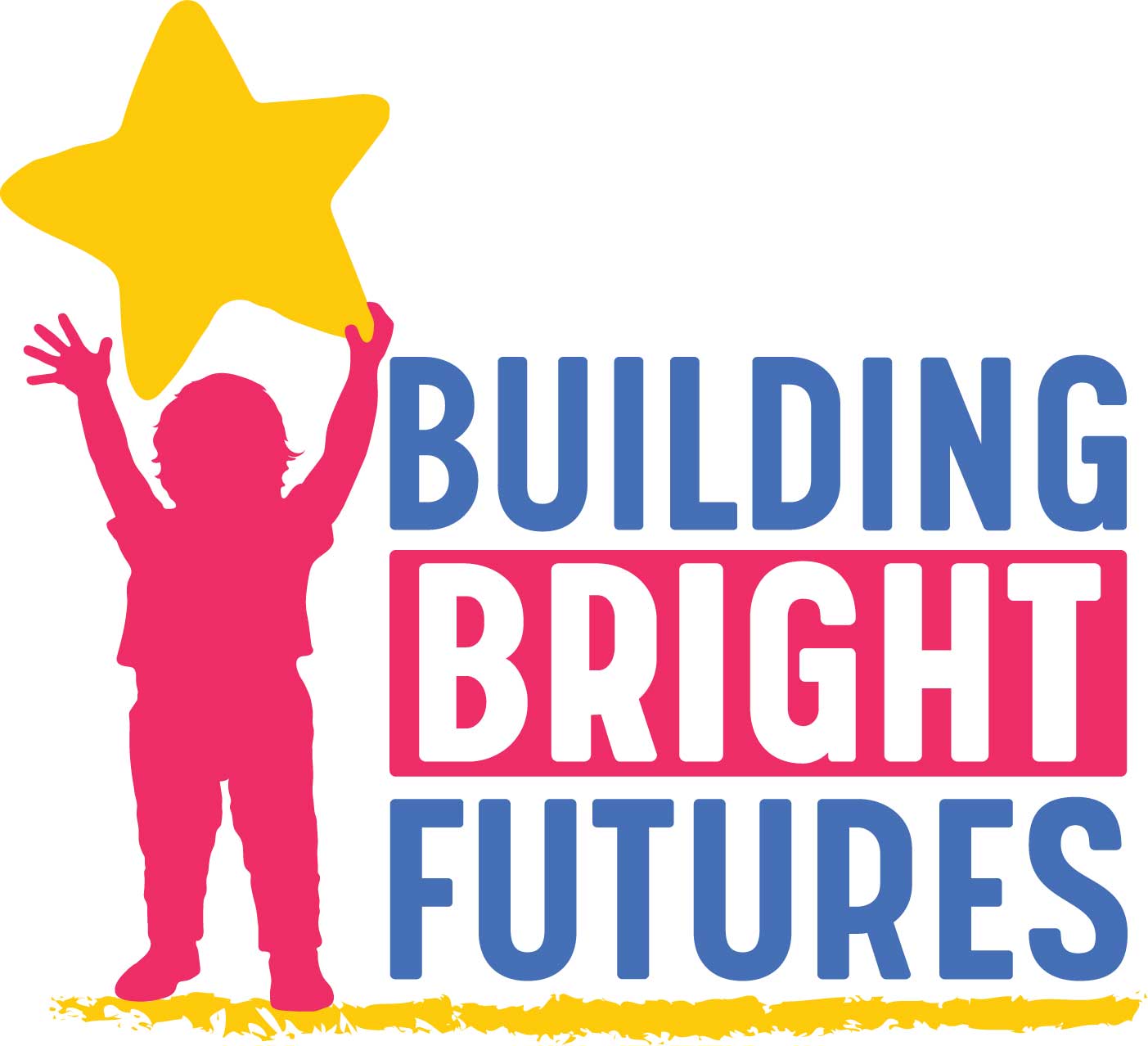Each year, BBF develops Policy Recommendations with input from families, early childhood professionals, and other partners from across the Network. The recommendations aim to highlight the current gaps and needs in early childhood policy, promote achievable and measurable action in strategic areas for the coming year, and move Vermont toward the vision outlined in Vermont’s Early Childhood Action Plan (VECAP).
I wanted to share with you more about how we arrive at these recommendations, and how you can add your voice to the process. You can also find more details on our website.
How does Building Bright Futures develop and use the Policy Recommendations?
- Identify needs: Throughout the year, BBF collects data and stories related to the well-being of young children and families in Vermont. This includes Regional Councils and VECAP Committees working together on a monthly basis to identify needs, challenges, and opportunities for children and families and to problem-solve. Needs are identified in a number of other ways, including Regional Councils’ work to identify annual priorities, Family Needs Assessments led by our Families and Communities Committee, and more.
- Consider next steps: When a critical need, ongoing and persistent challenge, or inequity in the system is identified, our team considers next steps for elevating and advising.
- Use data and best practices: BBF works in collaboration with partners to better understand the issue and potential solutions by reviewing or collecting additional state and national data.
- Develop recommendations collaboratively: BBF works with early childhood partners with relevant expertise to identify a potential recommendation or strongest next step. The team prioritizes recommendations that call on the Legislature or Administration to take specific action. We also consider factors such as political and collaborative will, the level of urgency, how achievable and measurable a recommendation is, and the effect of a State Advisory Council endorsement on the priority.
- Get feedback and endorse: BBF shares draft recommendations with partners, including the State Advisory Council (SAC). The Network provides feedback via a survey and public SAC meeting, then BBF incorporates feedback and the SAC formally votes on the recommendations.
- Advise: Early childhood partners, including the BBF team, use the Policy Recommendations to advise and advocate on behalf of the early childhood system throughout the year.
Other Ways to Elevate or Prioritize an Issue: When a challenge that has been identified does not move forward as part of the policy recommendation process, the team and partners identify other ways to elevate or prioritize the issue. This may include providing one-on-one advisement to key agency leaders and other partners, identifying opportunities to further study or evaluate a potential strategy, tracking incidences of the issue through our emerging priorities tracker, and more.
Re-Elevating Former State Advisory Council Recommendations: In some cases, it is apparent that little to no progress has been made on a policy recommendation elevated through BBF’s process in a previous year. If this recommendation is still part of the collective vision for the system and early childhood partners continue to see it as a priority, it can be renewed formally as part of the policy recommendation process or re-elevated by BBF through testimony or advisement opportunities.
When does BBF’s Policy Recommendation process take place?
Although collecting data and elevating needs are happening continuously throughout the BBF Network, the Policy Recommendation process formally begins in the spring. Throughout spring and summer, the BBF team works with Regional Councils, VECAP Committees, and other early childhood partners to understand the most pressing statewide needs and opportunities. These conversations help the BBF team develop a formal draft of recommendations to bring to the State Advisory Council in September. Network partners then have a month to provide feedback before the recommendations are voted on in October.
How does BBF make sure that its Policy Recommendations are data-driven and based on best practices?
- Potential recommendations are considered first and foremost in alignment with Vermont’s Early Childhood Action Plan, the state’s strategic plan and collective vision for strengthening the state’s early childhood system.
- BBF reviews state and national data related to a potential policy or program strategy. This includes Vermont’s Early Childhood Data and Policy Center’s data portal, the latest State of Vermont’s Children report, Family Needs Assessments and other relevant Needs Assessments, Regional Council priorities, our data on emerging priorities, national data and evidence, and partners’ publications.
- We highly value qualitative data and experiences of Vermont families and the early childhood workforce to inform and drive the Policy Recommendations.
How does BBF decide whether to engage on a policy issue that isn’t explicitly part of the current year’s Policy Recommendations?
Urgent priorities will sometimes come up after BBF’s Policy Recommendation process has finished for the year. In this case, the BBF team works to determine how best to provide advisement. This process includes:
- Providing relevant data and resources to the Legislature, Administration, or other partners
- Testifying or advising based on a proposal or challenge’s alignment with Vermont’s Early Childhood Action Plan and/or previous year’s Policy Recommendations
- Working with a VECAP Committee, a Regional Council, or the Executive Committee to determine how or if the SAC can work to put more weight behind a potential timely/emerging recommendation outside of the usual schedule to elevate the urgency of an issue
How can families, educators, and other partners get involved and share their input?
- Attend a Regional Council or State Advisory Council meeting
- Comment on the draft Policy Recommendations in September by taking our survey (link will be shared in a September email from BBF)
- Contact a BBF Regional Manager to share a concern or question about Vermont’s young children and families
We hope to hear from you when we develop the Network’s new draft of Policy Recommendations this summer!






